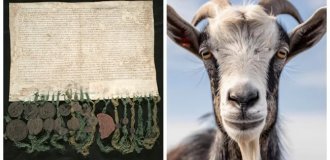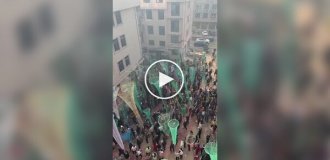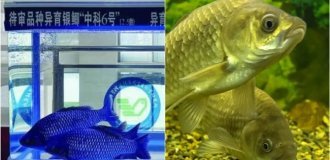"A discovery that will rewrite history": two dozen 2000-year-old bronze statues in excellent condition found in Italy (11 photos + 1 video)
24 found in ancient thermal springs in Tuscany bronze statues made about 2000 years ago. Researchers say this new discovery will "rewrite history" about the transition from Etruscan civilization to the Roman Empire. 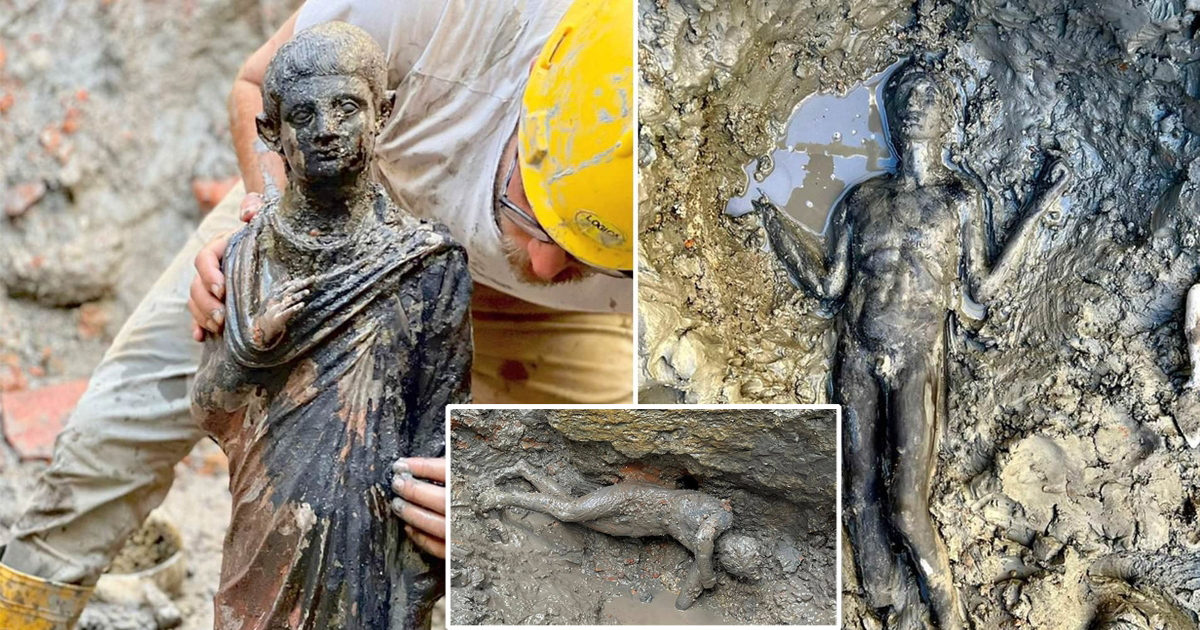
Part of the bronze items are solid statues deities, while others are separate parts of the body and organs that were used as offerings to the gods for healing with thermal waters, the Ministry of Culture said in a statement. 
The find suggests that although the Etruscans and Romans were involved in a conflict between the 2nd century BC and the 1st century AD, groups living in this area prayed together to the deities in the sacred sanctuary. According to archaeologists, this is evidenced by the fact that on statues, including those of Apollo and Hygieia, an ancient Greek goddess health, there are both Etruscan and Latin inscriptions.
Italy's new culture minister, Gennaro Sangiuliano, described find as "an exceptional discovery for Italy" and "a huge and a unique treasure." 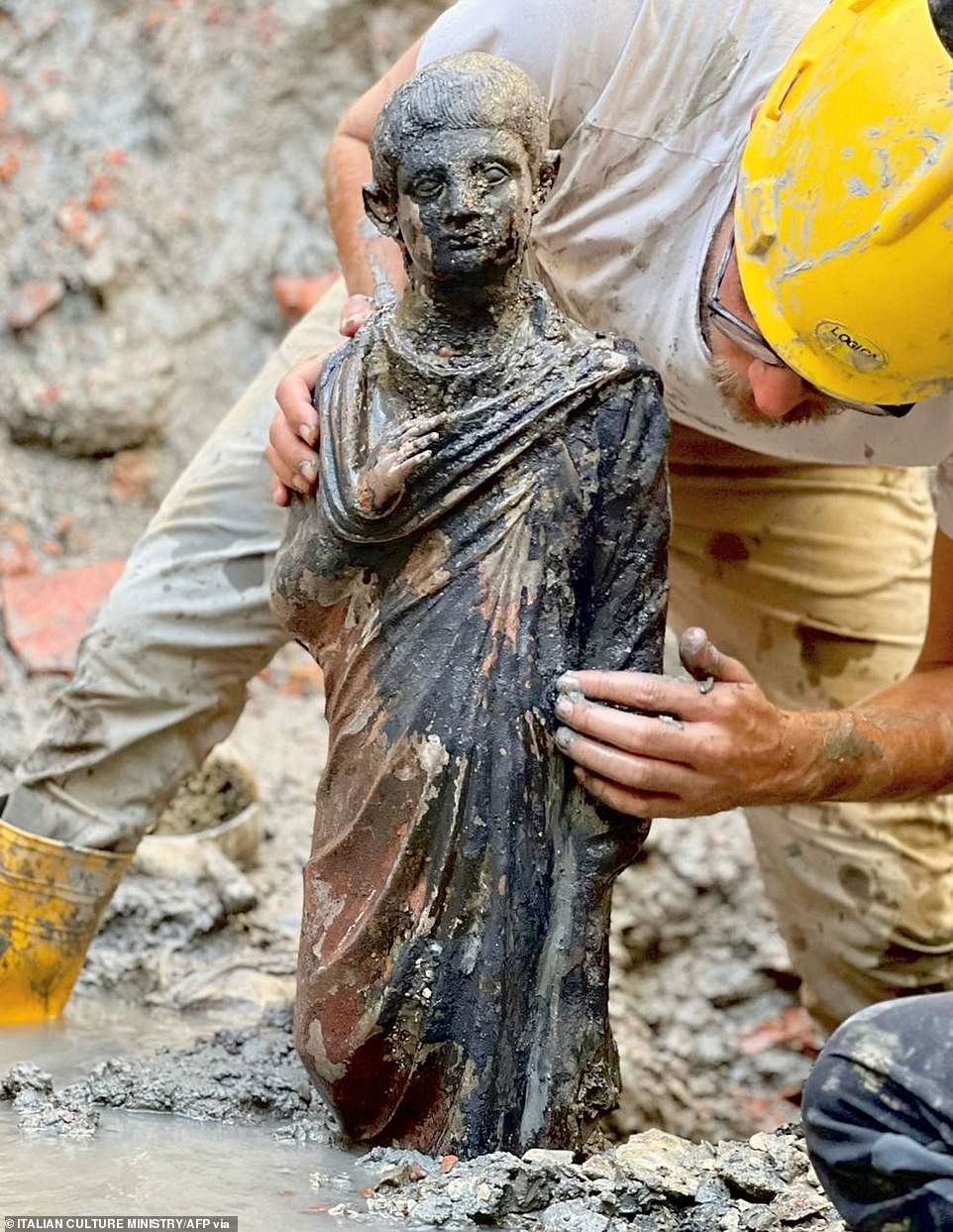
Most of the Etruscan civilization migrated to Italy, western Anatolia and the territory of modern Turkey about 2500 years ago - almost 500 years before the rise of the Roman Empire. Being in Italy, the Etruscans controlled most of the northern and southern regions, becoming leading trading power in the Mediterranean. They started to lose their position when the Greeks took control of Sicily, shortly thereafter, in 27 BC, the expansion of the Roman Empire began. The Roman Empire began to take the Etruscan cities one by one, while destroying any evidence that they existed - artifacts Etruscan civilization are very rare. However, as it shows new find, the two groups once lived in harmony. 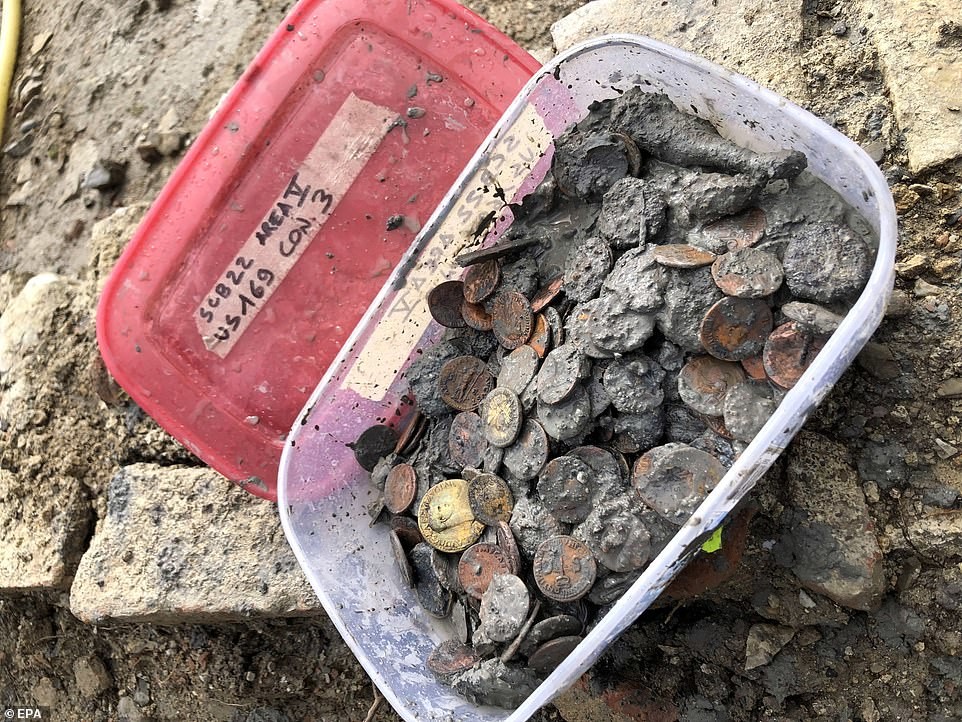
Statues found during excavations that began in 2019 were discovered in San Casciano dei Bagni, a hilltop town in province of Siena, about 160 kilometers north of Rome. Jacopo Tabolli, who coordinated the excavations on behalf of the University for foreigners in Siena, said the discovery was of great importance, because it sheds new light on the decline of Etruscan civilization and expansion of the Roman Empire. 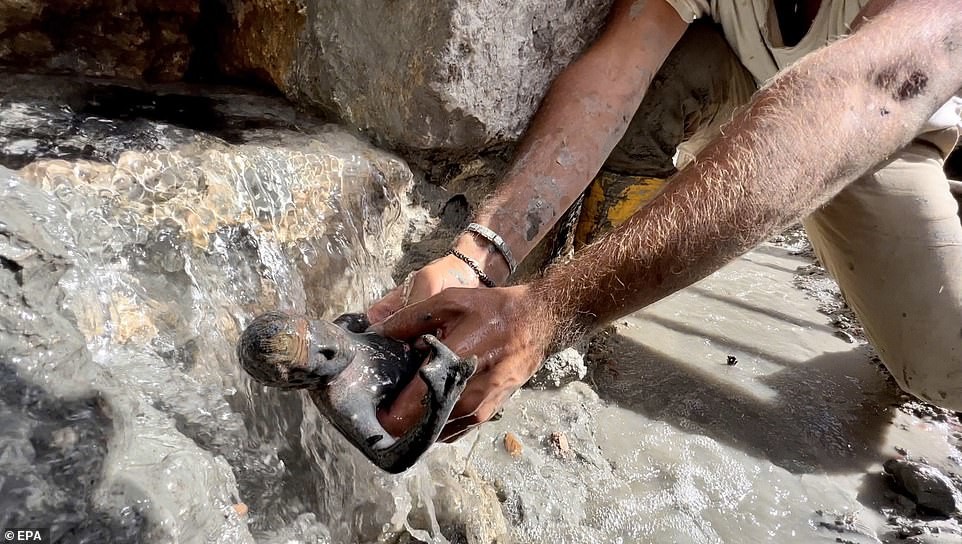
“While outside the sanctuary there were social and civil wars… inside the sanctuary the great elite Etruscan and Roman families praying together in the context of a world surrounded by conflicts — Tabolli said. — This possibility of rewriting relations and dialectics between the Etruscans and the Romans is an exceptional opportunity.
He also noted that the sanctuary was active from the third century until AD to the fifth century AD. Then, when it began to spread Christianity, the sacred territory was abandoned, resulting in the statues went under water, and massive columns and stones blocked the pools. 
Nakhodka is the largest bronze deposit of that era in Italy, as well as the best preserved artifacts of that period, reported in the ministry.
“This discovery will rewrite history,” Tabolli said, noting that finds indicate that the Etruscans were assimilated by the Roman society after centuries of long territorial wars.
Massimo Osanna from the Ministry of Culture called it one of the most remarkable discoveries "in the history of the ancient Mediterranean" and most important since the Riace Warriors, a pair of gigantic bronze statues of ancient Greek warriors pulled out of the sea near the coast Italy in 1972.
It was an "era of great conflicts" and "cultural osmosis" when the sanctuary of San Casciano dei Bagni was a "unique multicultural and multilingual haven of the world, surrounded by political instability and war,” the ministry said in a statement. 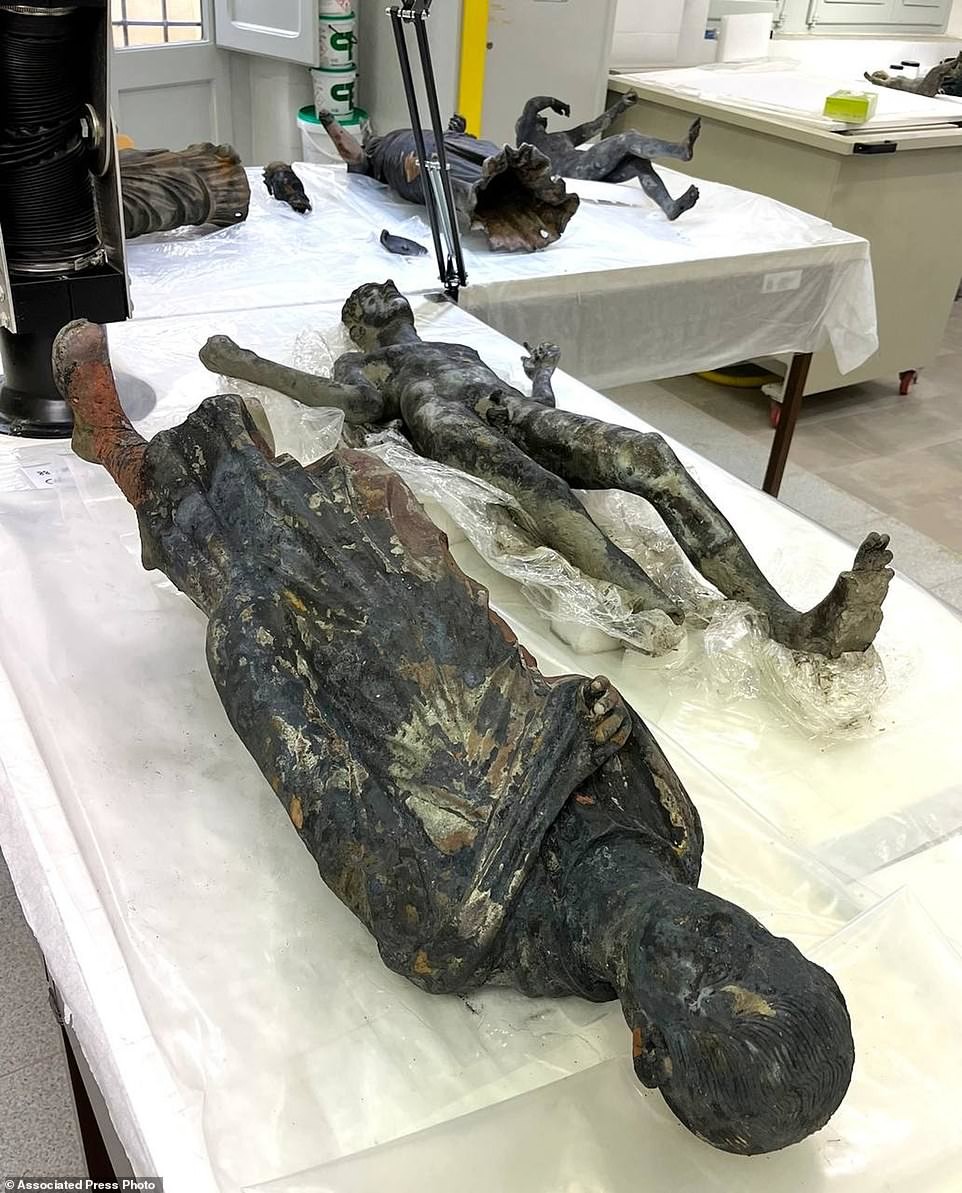
The statues were covered with almost 6000 bronze, silver and gold coins, and the hot muddy waters of San Casciano helped keep them “almost as they were on the day of the dive,” Tabolli said.
The archaeologist added that his team found 24 large statues, and also several smaller figurines, and noted that they, no matter how strangely, they were made of bronze, not terracotta. The statues were inscriptions that, according to experts, are the names of influential local families who commissioned these artifacts. 

